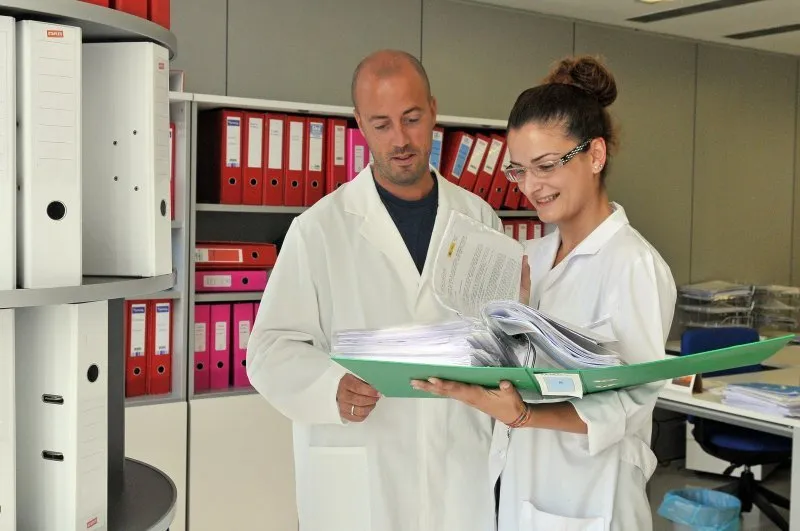A team of researchers from the Institut D’Estion Sanitària Pere Virgili (IISPV), the URV and the Biomedical Research Center in the Associated Metabolic Diseases and Metabolic Diseases (CIBERDEM) has identified a diabetes score in adolescents with polycystic ovary syndrome.
Specifically, scientists Sara Samino and Óscar Yanes have discovered that in adolescents with this syndrome the known as good cholesterol is oxidized, which prevents maturation and growth, as well as the possibility of developing their protective function."Research has focused on identifying what metabolic disorders exist in the blood that explain the greatest risk that, in adulthood, these young women have to develop type 2 diabetes," Yanes details.
He himself says that «the oxidation of good cholesterol was already known associated with diabetes, cardiovascular risk, etc.but it was unknown in adolescents without signs of the disease ».According to the researcher "what we have found is an unexpected marker in a young population that neither has diabetes nor enters the population with cardiovascular risk."
Research
The study, published in the journal Scientific Reports, has also had the collaboration of the pediatrician and endocrinologist of the Sant Joan de Déu hospital in Barcelona, Lourdes Ibañez.It has been carried out in 16 -year -old with high insulin levels and androgens."In adulthood these two factors are associated with polycystic ovary syndrome and also with an increased risk of developing cardiovascular diabetes and complications," says Yanes.To conduct the investigation for 18 months, a group of teenage girls diagnosed in initial stages of the polycystic ovary syndrome were provided with a combined treatment of three drugs.
"They followed a metabolic treatment, that is, with subclinical doses of two antidiabetics and an antiandrogen," says Sara Samino.This treatment is what ‘traditionally’ follows the adolescents diagnosed.Generally when they go to the doctor with the diagnosis of the polycystic ovary syndrome, it is prescribed contraceptives.
After a year and a half ingesting the medications, the researchers extracted a blood samples to the young women to know if they had reversed the metabolic changes."The result of the research has been that adolescents have cured, that is, the oxidation markers discovered at the beginning recover their normal values after following the treatment indicated for 18 months," says Yanes.
second part
After this first discovery, the IISPV researchers team believes that "having found this adolescents marker opens the door A, in the future, explaining the risk of diabetes in the general population.""Men and women in a prediabetic state also may also have these markers in the blood," conclude researchers who have participated in the project, Sara Samino and Oscar Yanes.


